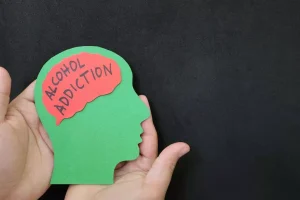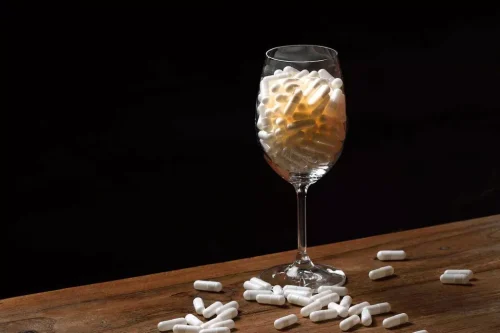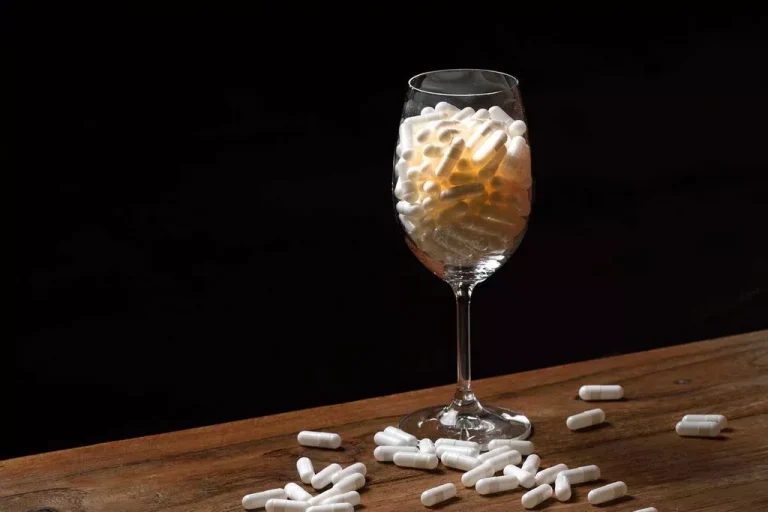
Explore inpatient vs. outpatient addiction https://ecosoberhouse.com/ treatment to find the best path toward recovery for you or a loved one. ‘ Unravel the journey from substance abuse to sustained sobriety. Discover what drug therapy is, its impact, and how it aids recovery.
- You may use AA, SMART Recovery, or other support groups to help you in this process.
- Friends and family see the noticeable benefits of quitting alcohol when their loved one stops drinking and chooses to pursue a healthy life.
- It is hard to admit to others that you have experienced a relapse, but it is the best thing to do.
- You could, for example, be going over in your mind permitting yourself to use in a certain situation.
- This is incredibly important because the earlier you are able to identify an issue, the better chance you will have of providing the support they need.
- A relapse may look different for each person, depending on how much they use and the circumstances surrounding the relapse.
How To Prevent Relapse
Remember, experiencing a relapse shouldn’t be seen as a failure. You may need a different approach to treatment, or perhaps to return to inpatient treatment. Regardless of what led to a relapse, getting back on track quickly gives you the best chance at long-term recovery, rather than waiting until the problem worsens.
Why Relapse Happens and How to Avoid It
Many of us have a special something that we rely on to help us through difficult times. It may be a family photograph, a lucky trinket or simply a loved one that we can turn to when we need advice or a little reassurance. Alcohol becomes a crutch that they come to depend on Alcohol Relapse and when they make the decision to stop drinking, that crutch is taken away.
How to take care of your emotions
In this blog, we explore the common causes of relapse, strategies to avoid it, and how professional support can make a difference. We will also outline some of the common warning signs of alcohol relapse as well as what to do when an alcoholic relapses. marijuana addiction To ensure long-term recovery, it is essential that individuals regularly review and adapt their relapse prevention plans. This process helps to identify new triggers that may arise over time and assesses the effectiveness of current strategies. By analyzing personal progress and challenges, individuals can make informed adjustments that better align the plan with their evolving recovery journey.

Support from loved ones can provide emotional strength and encouragement. It’s important to communicate openly with them about your needs and challenges. A relapse may look different for each person, depending on how much they use and the circumstances surrounding the relapse. Recovery involves making major lifestyle changes and working on a program of recovery.
How to Break Sugar Addiction Naturally
In reality, the physical relapse stage is the most difficult to stop, and it’s a final stage rather than a standalone. If you experience a physical relapse, you might need to return to treatment or revisit your relapse prevention plan. Treatment didn’t fail, and you didn’t either, but a physical relapse can mean that your treatment plan may need to be adjusted or evolve with your changing needs. By remaining vigilant and connected to support networks, individuals can identify potential signs, revisit their relapse prevention strategies, and engage in healthy self-care routines.
Key Indicators of Quality Drug Rehab Centers
Changes in mood, behavior, and overall engagement with recovery activities can indicate increased risk. Signs may include neglecting self-care, withdrawing from support, or experiencing heightened stress and anxiety. Recognizing these signs early allows individuals to implement coping strategies such as contacting support members or seeking therapeutic assistance, thereby preventing relapse before it escalates. Many people who know how difficult addiction can be can develop anxiety when they think about alcohol and drug abuse. It can lead to people experiencing cravings, which is the most common reason for relapse.
Alcohol relapse is a part of the process

But know that you’re not alone; relapse may occur once or several times following treatment. When they do occur, additional treatment measures should be considered. It simply highlights that recovery is a continuous and non-linear process. What’s most important is to get back on track as soon as you can. During recovery, there can be many signs of a potential relapse before the individual actually begins using again.

Therapy
For example, if they are constantly exposed to stressful jobs or relationships they cannot escape from, they may be tempted to drink again. The risk factors involved in relapse are similar to those involved with addiction. If a particular risk factor is present, this will increase the likelihood of a relapse.
To write an effective relapse prevention plan, begin by identifying personal goals in recovery and motivations for change, as these will guide your strategies. It’s crucial to pinpoint specific triggers that might lead to relapse, such as certain people, places, or stressors. Incorporate various coping tools for managing cravings and stress, along with healthy lifestyle choices to support your overall well-being. Communication strategies with family and loved ones can enhance your support system, while accountability measures can help keep you on track. Understanding the nuanced symptoms and stages of relapse plays a crucial role in maintaining sobriety. By identifying the early warning signs and implementing comprehensive prevention strategies, individuals in recovery can effectively manage potential setbacks.
